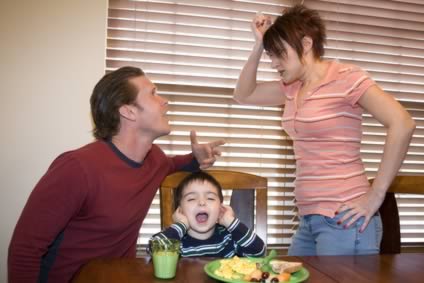
CAUSES OF TRAUMA
Trauma is defined by the way a person reacts to events. So a trauma to one person may not be a trauma to another. And some people can cope with the trauma and move forward quickly. Others, though, may not be able to cope.
It is important to remember that some children might see an event as traumatic even when the adults around them do not. For example, after a house fire, adults are busy working with the insurance company and rebuilding. Children only know that their toys and room – the things that made them feel safe – were destroyed.
Any time a child does not feel safe and protected, the event could be seen as a trauma. Because trauma is defined by the person who experiences it, no single list can include all the causes of trauma for children. The following list, though, will explain some of the more common traumas children face.
Surgery or Serious Illness – The child is in the hospital for a serious illness or surgery.
Accidents – The child has experienced an automobile accident, a serious fall or sports injury, a house fire or other major accident that threatens his or her feelings of safety and security.
Constant and Intense Bullying – The child is bullied by one or more people over a period of time. The bullies could be classmates, teammates, neighbors or others in the child’s life. Bullying can begin as early as preschool.
Separation from Loved Ones – A child might be separated from loved ones due to military deployment, a divorce, a prison sentence or even removal of a child from home due to an investigation of abuse or neglect.
Natural Disasters – A child is affected by a severe event such as a tornado, hurricane, forest fire, flooding.
Emotional Abuse – A parent or other adult in the household often swears at the child, insults the child or humiliates the child. Emotional abuse might include the adult acting in a way that makes the child afraid that he or she might be hurt physically.
Physical Abuse – A parent or other adult in the household often pushes, grabs, slaps or throws something at the child. Physical abuse can also include hitting a child so hard it leaves marks or causes injuries.
Sexual Abuse – Any sexual activity between an adult and a child. Sexual abuse can also occur between children. This sexual activity can include obscene phone calls, fondling, exposure, pornography, prostitution or rape. Specific legal definitions can be found in the Texas Penal Code.
Neglect – The child does not have enough to eat, has to wear dirty clothes and has no one to protect him or her. Parents might be too drunk or high to take care of the child or take the child to the doctor when needed.
Loss/Abandonment – The child loses a biological parent through divorce, abandonment, death or other reason.
Isolation within the Family – No one in the family appears to love the child or consider the child to be important or special. The family does not look out for each other, feel close or support each other.
Domestic Violence – Domestic violence is a behavior used by one person in a relationship to gain power over or control the other. Abuse includes physical, sexual, emotional, economic or psychological actions or threats. This includes any behaviors that frighten, intimidate, terrorize, manipulate, hurt, humiliate, blame, injure or wound someone.
Community Violence – A child either is hurt by violence or witnesses it. Sometimes a child only needs to hear about violence to experience trauma.
Substance Abuse – Someone in the child’s household abuses alcohol, street drugs or prescription drugs.
Mental Illness – Someone in the child’s household is depressed, has another mental illness and/or has attempted suicide.
Terrorism – A child either experiences or hears about terrorism, especially when it happens in a place the child believes should be safe. The child could experience even more traumatic stress if there are children among those who are injured or killed.
Flight from Home as a Refugee – A child has been uprooted from home, often after experiencing violence or intense fear of harm.


